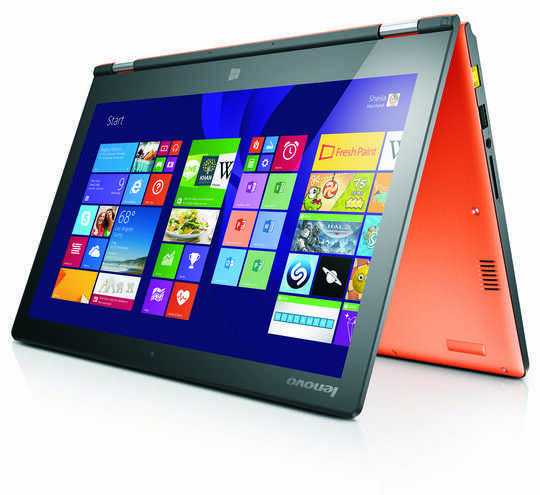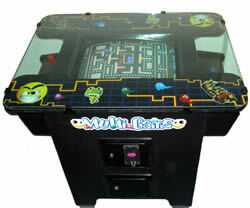48
6
My friend running Ubuntu just called me saying: "my screen got flipped, how to fix it?"
I told him how to fix it but that raises the question, why is it possible to flip the screen? On Linux you could flip the screen, on windows you could make it rotate sideways.
I can't think of any reason that would make the feature useful, if you want to rotate a picture you could do that in the image viewer.
What type of users flip their Linux or Windows screens? For whom is this feature created?


174It's necessary for users ɐıʃɐɹʇsn∀ uı – bmargulies – 7 years ago
14I was reading color inversion until I arrived at the words rotate sideways. – Chris – 7 years ago
14A much harder question: Why is this part of the OS, and not part of the display? I'd guess this goes back to VGA or earlier. – Peter – 7 years ago
3This is very handy with projectors. – TLW – 7 years ago
15@Peter - because not all displays have this feature, and having this feature in both your monitor and your OS doesn't hurt anything, whereas having this feature in neither is inconvenient if you need it. – TLW – 7 years ago
1@Peter Would hardware only rotation be compatible with things which address individual subpixels, like ClearType? You at least need some sort of notification that subpixel ordering is changed from display. – user364455 – 7 years ago
1@TLW the claim that having the feature in the OS doesn't hurt contradicts the first sentence of the question you're commenting on. – Peter – 7 years ago
9With "flip" I read "mirror" (over a horizontal or vertical axis), which I find harder to justify. But the actual question: Given that rotate +90 and -90 (=+270)degrees is the normal thing (for landscape/portrait orientation), it would be extra work to block 180degrees as an option! Ceiling-mounting a monitor to display a menu in a snackbar would be a useful application, but not frequent enough to bother programming for --- but rotating screens has been normal from the very first TFT/flatscreens (not CRT). – user3445853 – 7 years ago
@user3445853 I didn't say "flip" I said "invert" but my question was edited and so the word flip was used – Lynob – 7 years ago
@Peter That would only make sense if there were only square monitors. For rectangular monitors the programs running need to know of the new dimensions to redraw their content accordingly. – JoL – 7 years ago
@user3445853 Mirroring a display would be useful for rear-mounted projectors. (i.e. Where the projector is behind the screen.) It would also work for when the projector is being reflected off of a mirror. – Abion47 – 7 years ago
I'm not sure why this is closed as opinion-based. – Herohtar – 7 years ago
@TLW you can say the same about any feature, it doesn't make the feature legit – Askar Kalykov – 7 years ago